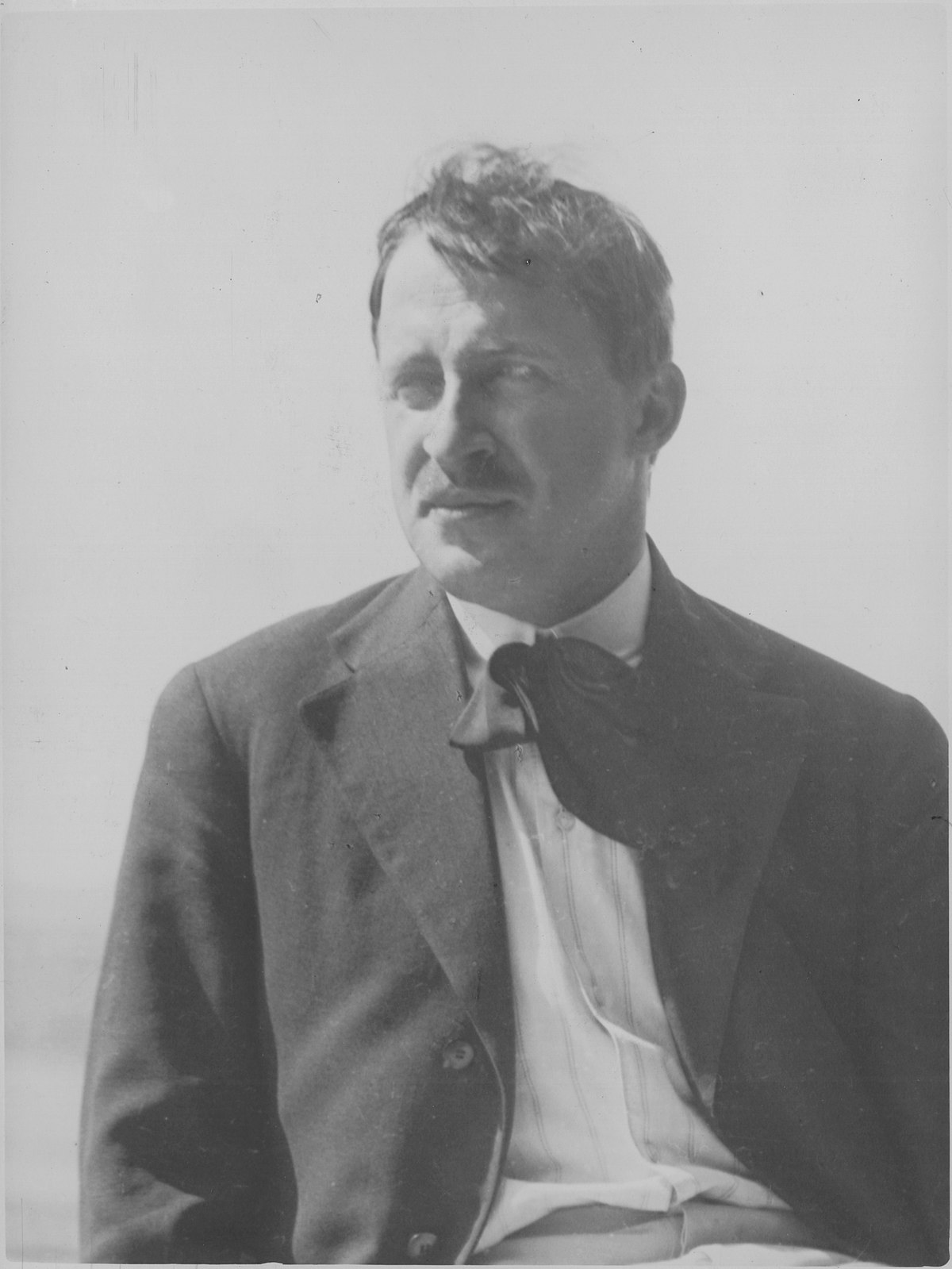
Clarence Gagnon (1881-1942) stands as one of Canada's most distinguished painters and etchers, whose work encapsulates the essence of the Canadian landscape and the spirit of its people. Born in Montreal, Quebec, Gagnon was deeply influenced by his family's artistic and literary inclinations, which played a pivotal role in shaping his future as an artist.
Early Life and Influences
Gagnon was born to a family of French and English descent. His father, a man of responsibility at the Ogilvy Flour Mills, and his mother, a writer with contributions to American periodicals, provided Gagnon with a culturally rich environment. From an early age, he showed a proclivity for drawing and painting, nurtured by his mother, who introduced him to the world of art and literature. His fascination with illustrations, particularly those by French artist Paul Doré, likely sparked his interest in engraving—a medium that would later become one of his fortes.
Education and Early Career
After the Gagnon family moved to St. Rose, Quebec, and later back to Montreal, Clarence received a commercial education at the Ecole du Plateau. However, his passion for art never waned. By the age of 16, he had completed his schooling and, with the financial support of a kind aunt, he enrolled in classes at the Art Association of Montreal. There, under the tutelage of William Brymner, Gagnon honed his skills in drawing and painting.
His early works, particularly those created during his summers in Lower Quebec, caught the attention of the Art Association of Montreal, earning him recognition and prize money. Gagnon’s talent continued to flourish as he transitioned into the field of etching, inspired by the works of Rembrandt. His first drypoint etching, a small piece no bigger than a visiting card, was created in 1902.
Artistic Journey in Europe
In 1903, Gagnon's potential was recognized by James Morgan, a prominent merchant and business magnate, who provided financial support for Gagnon to study in Paris. Gagnon’s time in Paris at the Académie Julian, however, was marked by a dramatic incident where his depiction of a "Coureur des bois" enraged his instructor, leading Gagnon to abandon formal classes. Despite this, his time in Europe was fruitful. He traveled to Italy, Spain, and France, absorbing the rich artistic traditions of these countries and refining his skills.
Gagnon’s work in etching earned him international acclaim, with his pieces being acquired by galleries in Dresden, Florence, Venice, and London. His etchings often depicted scenes from Venice, Normandy, and Brittany, reflecting his deep connection to the landscapes he encountered.

Return to Canada and Life in Baie St. Paul
In 1909, Gagnon returned to Canada, settling in Baie St. Paul in Charlevoix County. It was here that he became deeply immersed in the rural life of the habitants, capturing the beauty of their environment and their way of life in his paintings. His works from this period are characterized by their poetic depiction of the Canadian winter, the warm, family-oriented lifestyle of the French-Canadian villagers, and the vibrant community spirit of the St. Lawrence Valley.
Gagnon's interest in French-Canadian crafts led him to study the work of local weavers, attempting to improve their methods by introducing them to color theories and other artistic principles. His commitment to capturing the essence of French-Canadian life extended beyond painting; he envisioned creating a full-scale model of a French-Canadian village, a project that, despite its ambition, never came to fruition.
Legacy and Later Years
Throughout his career, Gagnon divided his time between Canada and Europe, maintaining a strong connection to both continents. His illustrations for Louis Hémon's "Maria Chapdelaine," created using a colored wood-block technique, are among his most celebrated works. These illustrations, along with his paintings and etchings, solidified his reputation as a master of his craft.
In his later years, Gagnon continued to experiment with materials and techniques, ensuring the longevity and vibrancy of his work. His meticulous approach to preparing his canvases and panels reflected his deep understanding of the technical aspects of painting, which contributed to the enduring quality of his works.
Clarence Gagnon passed away in 1942 in Montreal, leaving behind a rich legacy that continues to inspire and captivate art lovers around the world. His works are held in numerous prestigious collections, including the National Gallery of Canada, the Art Gallery of Ontario, and the Montreal Museum of Fine Arts. Gagnon's contributions to Canadian art are celebrated not only for their technical excellence but also for their deep, heartfelt connection to the land and people of Canada.
Browse our collection of Canadian paintings for sale at the Canadian Classic Fine Art gallery, The best place to buy a painting online. We provide free shipping anywhere in Canada and the United States. Our Montreal art gallery sells paintings online exclusively and have a 14 days return policy.
